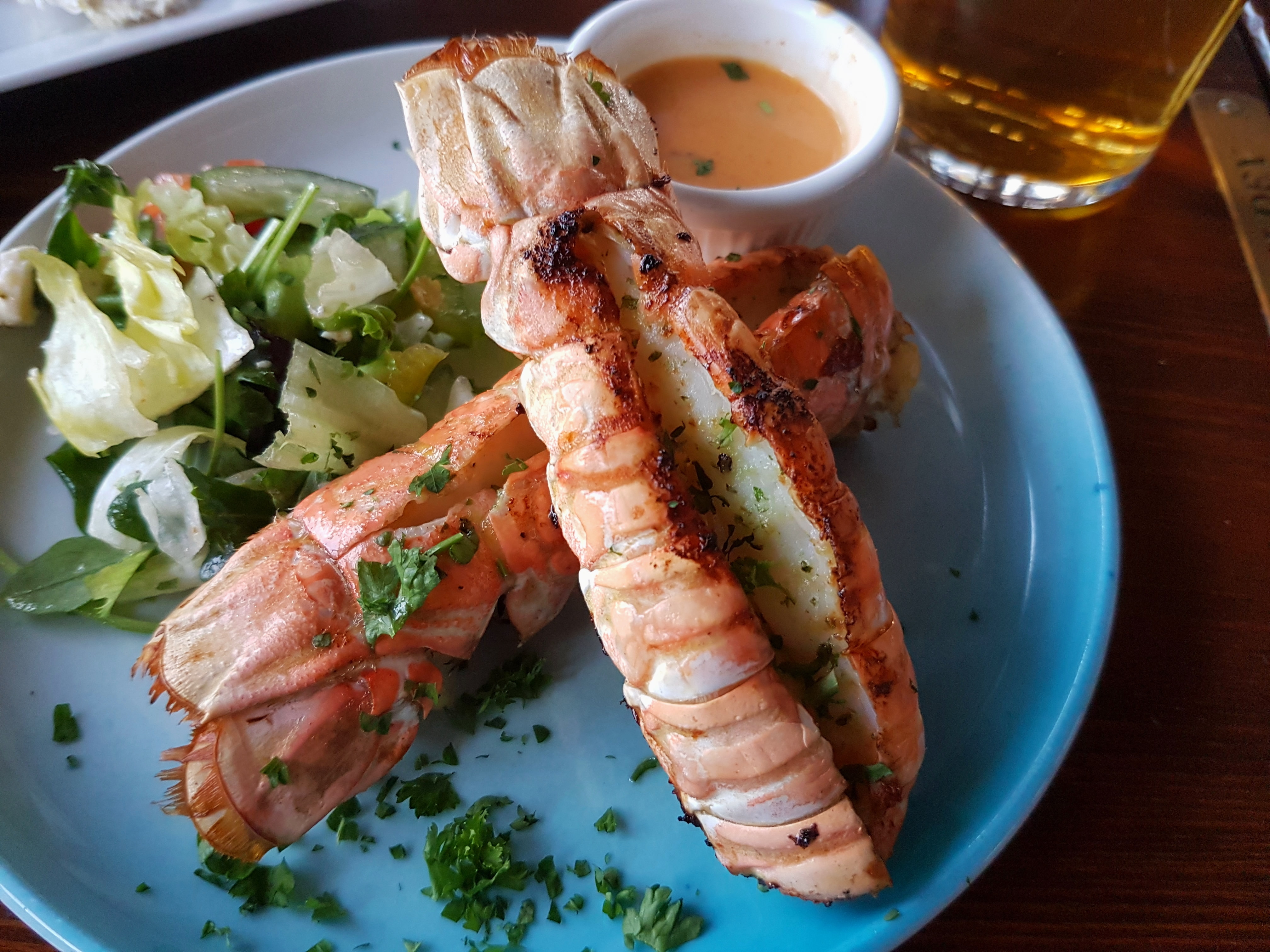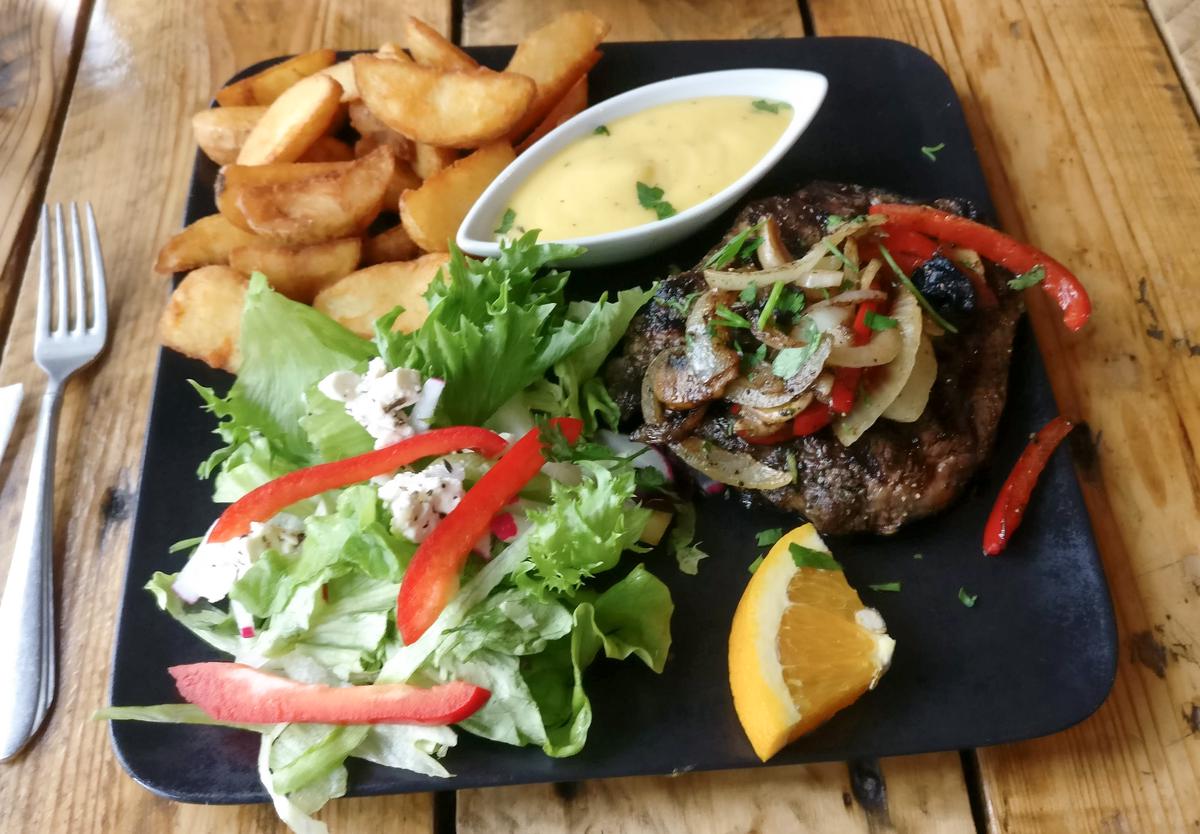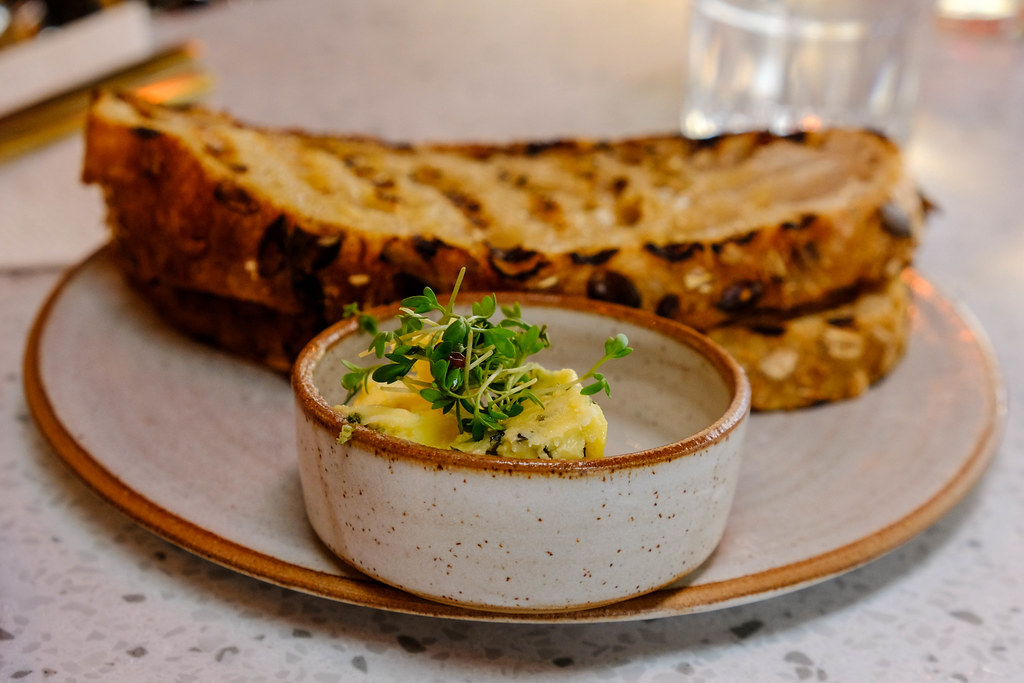Ultimate 7-Day Iceland Campervan Itinerary
Plan the ultimate 7-day Iceland campervan itinerary with top attractions, scenic drives, campsites, and travel tips for an unforgettable road trip.
Iceland's culinary landscape is as dramatic and unique as its natural wonders. This Nordic island nation has developed a distinctive food culture shaped by harsh winters, volcanic activity, and centuries of resourceful cooking.
From fermented shark to modern fusion cuisine, Icelandic food tells the story of survival, tradition, and innovation. Whether you're planning a trip to Reykjavik or exploring the countryside, understanding Iceland's food scene will enrich your travel experience and introduce you to flavors you won't find anywhere else in the world.
Perhaps Iceland's most notorious traditional dish, hákarl represents the ingenuity of early Icelandic settlers. This fermented shark meat is prepared using methods passed down through generations. The Greenland shark is buried underground for several months, allowing it to ferment and become safe for consumption. The result is an intensely flavored delicacy with a strong ammonia-like taste that challenges even the most adventurous eaters.
While hákarl might seem intimidating, it's an essential part of understanding Icelandic heritage. Many locals consume it during special occasions, particularly around Þorrablót, the traditional midwinter festival. Visitors often pair this unique dish with brennivín, Iceland's signature schnapps, which helps mask the intense flavor.
Icelandic lamb is renowned worldwide for its exceptional quality and flavor. The sheep roam freely across volcanic landscapes, feeding on wild herbs and grasses that impart a distinctive taste to the meat. Traditional lamb preparations include slow-roasted leg of lamb seasoned with local herbs, lamb stew with root vegetables, and smoked lamb that's cured using traditional methods.
Kjötsúpa, Iceland's beloved lamb soup, combines tender lamb with potatoes, turnips, carrots, and cabbage in a hearty broth. This warming dish has sustained Icelanders through countless winters and remains a comfort food staple. The soup's rich flavors develop through slow cooking, creating a satisfying meal that perfectly represents Icelandic home cooking.
Surrounded by pristine North Atlantic waters, Iceland offers some of the world's finest seafood. Traditional fish preparations showcase the natural flavors of incredibly fresh catches. Plokkfiskur, a traditional fish stew, combines flaked fish with potatoes in a creamy sauce, creating a comforting dish that's perfect for cold weather.
Fresh Arctic char, prepared simply with butter and herbs, highlights the fish's delicate flavor. Icelandic cod, haddock, and halibut are often grilled, baked, or prepared in traditional stews. The island's fishing heritage means that seafood preparation techniques have been refined over centuries, resulting in dishes that emphasize freshness and quality over heavy seasoning.
Long before the term "superfood" existed, Icelanders were enjoying skyr, a thick dairy product that resembles Greek yogurt but has a unique production method. This protein-rich food has been part of Icelandic cuisine for over 1,000 years. Traditional skyr is made using a special bacterial culture and has a distinctively tangy flavor and creamy texture.
Modern Icelandic cuisine incorporates skyr into both sweet and savory dishes. It's commonly served with fresh berries, honey, or traditional Icelandic brennivín. Many restaurants now feature skyr in innovative desserts and even savory applications, demonstrating how traditional ingredients adapt to contemporary cooking styles.

Iceland's most famous street food might surprise visitors - the humble hot dog has become a national obsession. Reykjavik's hot dog stands, particularly the legendary Bæjarins Beztu Pylsur, serve hot dogs that have gained international recognition. These aren't ordinary hot dogs; they're made from a blend of lamb, pork, and beef, creating a unique flavor profile.
The traditional Icelandic hot dog experience includes specific toppings: crispy fried onions, fresh raw onions, ketchup, sweet mustard, and remoulade sauce. This combination creates a perfect balance of flavors and textures. Many locals consider grabbing a hot dog from a downtown Reykjavik stand an essential cultural experience, not just a quick meal.
Icelandic lobster soup represents the evolution of traditional seafood preparation into accessible street food. Many cafes and casual restaurants throughout Reykjavik serve this creamy, rich soup loaded with fresh langoustine. The soup combines traditional Icelandic cooking techniques with modern presentation, making high-quality seafood available as casual dining.
Fresh langoustine, often called Dublin Bay prawns, are abundant in Icelandic waters. Street vendors and casual eateries prepare these crustaceans simply, often grilled with butter and served with crusty bread. This approach lets the sweet, delicate flavor of the langoustine shine through without overwhelming seasonings.
Contemporary Icelandic street food scene blends traditional ingredients with international influences. Food trucks and casual eateries now serve items like lamb burgers with skyr-based sauces, fish tacos using fresh Icelandic cod, and creative takes on traditional dishes. These fusion approaches make Icelandic cuisine more accessible to international visitors while respecting traditional flavors.
Innovative chefs are reimagining classic dishes for modern palates. Traditional ingredients like wild berries, seaweed, and foraged herbs appear in unexpected contexts, creating unique flavor combinations that represent Iceland's evolving culinary identity.

The remote Westfjords region maintains some of Iceland's most traditional food preparation methods. Local specialties include wind-dried fish, traditionally prepared over months in the harsh climate. The region's isolation has preserved ancient techniques for preserving and preparing seafood that visitors can't experience elsewhere.
Westfjords restaurants often feature locally foraged ingredients like angelica, wild mushrooms, and sea vegetables. These ingredients add unique flavors and connect diners to Iceland's natural environment. The region's small population means that many food preparations remain artisanal and closely tied to family traditions.
Iceland's south coast, with its rich agricultural lands, produces many of the country's vegetables and dairy products. This region's cuisine features more plant-based ingredients than other areas, including greenhouse-grown tomatoes, cucumbers, and peppers. Local restaurants showcase these ingredients alongside traditional proteins.
The south coast's proximity to major fishing ports means extremely fresh seafood combined with locally grown produce. This combination creates opportunities for restaurants to serve dishes that represent both land and sea, highlighting Iceland's diverse food production capabilities.
Northern Iceland, including the Akureyri region, has developed distinct food traditions influenced by the area's dairy farming heritage. Local specialties include artisanal cheeses, traditional butter preparations, and dishes that showcase the region's high-quality milk products.
The region's restaurants often feature game meats, including reindeer and ptarmigan, prepared using traditional hunting and cooking methods. These proteins offer visitors tastes that connect them to Iceland's wilderness and traditional subsistence practices.

Reykjavik's restaurant scene ranges from high-end establishments serving modern Nordic cuisine to traditional spots maintaining centuries-old recipes. The city's compact size means visitors can easily sample various styles of Icelandic cooking within walking distance. Many restaurants offer tasting menus that provide comprehensive introductions to traditional and modern Icelandic cuisine.
Downtown Reykjavik features numerous casual eateries serving traditional dishes at reasonable prices. These restaurants often cater to both locals and tourists, ensuring authentic preparations while remaining accessible to international visitors. The city's dining scene reflects Iceland's position between European and American culinary influences.
Reykjavik's food markets offer opportunities to sample various Icelandic specialties in casual settings. These venues often feature multiple vendors, allowing visitors to try different dishes without committing to full restaurant meals. Markets typically showcase local producers and traditional preparation methods.
The Kolaportið flea market includes food vendors selling traditional Icelandic specialties, including fermented shark, dried fish, and homemade pastries. This market provides authentic cultural experiences alongside food sampling, connecting visitors to Iceland's broader cultural traditions.
Rural Iceland offers unique dining opportunities that urban restaurants can't replicate. Farm-to-table restaurants throughout the countryside serve ingredients grown or raised on-site, providing incredibly fresh flavors and direct connections to food production. These experiences often include tours of the farms or production facilities.
Many countryside restaurants operate seasonally, taking advantage of Iceland's brief but productive summer growing season. Visitors during these months can experience ingredients at peak freshness while enjoying Iceland's dramatic natural settings as dining backdrops.

Iceland's summer season transforms the culinary landscape with abundant fresh ingredients. Wild berries, including crowberries, bilberries, and cloudberries, become available for both commercial and personal use. Many restaurants create special summer menus featuring these foraged ingredients alongside fresh herbs and vegetables.
The midnight sun allows for extended growing seasons in Iceland's greenhouses, producing exceptionally flavorful tomatoes, cucumbers, and other vegetables. Summer dining often emphasizes these fresh flavors, creating lighter dishes that contrast with winter's heavier traditional fare.
Winter in Iceland brings focus back to traditional preservation methods and hearty, warming dishes. This season showcases fermented and dried foods that sustained Icelanders through harsh winters for centuries. Restaurants often feature special winter menus that highlight these traditional preparation methods.
Traditional winter celebrations, including Þorrablót, provide opportunities to experience authentic Icelandic food culture. These events feature traditional foods that might be difficult to find during other times of year, offering cultural context alongside culinary experiences.
Iceland's unique position between Europe and North America has created a distinctive cuisine that reflects both geographic isolation and cultural resilience. From ancient preservation techniques that sustained Viking settlers to modern interpretations that attract international food enthusiasts, Icelandic cuisine offers experiences unavailable anywhere else on Earth.
Whether you're sampling street food from a Reykjavik vendor or dining on traditional lamb stew in a countryside restaurant, Iceland's culinary landscape provides delicious insights into the nation's history, geography, and cultural identity. Each meal tells a story of adaptation, creativity, and the enduring connection between people and their challenging but beautiful homeland.
Kjötsúpa (traditional lamb soup) is widely considered the most approachable and beloved traditional dish for visitors. This hearty soup combines tender lamb with root vegetables and barley, offering authentic Icelandic flavors without the intensity of more challenging foods like fermented shark. Most restaurants serve excellent versions, and it's perfect for Iceland's cool climate year-round.
Yes, Icelandic hot dogs (pylsur) are genuinely unique due to their lamb, pork, and beef blend, plus the distinctive combination of toppings including crispy fried onions, remoulade, and sweet mustard. The most famous spot is Bæjarins Beztu Pylsur in downtown Reykjavik, which has been serving celebrities and locals since 1937. However, you'll find excellent pylsur at stands throughout the country.
Icelandic food can be pricey due to import costs and the country's remote location. To eat more affordably, try food trucks and casual spots for lunch, visit grocery stores like Bónus for supplies, sample street food like hot dogs, and look for lunch specials at restaurants. Many bakeries offer reasonable prices for traditional items like kleinur and rúgbrauð. Happy hour deals at restaurants (typically 4-7 PM) can also provide good value.
While traditional Icelandic cuisine heavily features meat and fish, modern Iceland accommodates various dietary needs well. Reykjavik has numerous vegetarian and vegan restaurants, and most establishments offer plant-based options. Skyr provides excellent protein for vegetarians, and many traditional dishes can be adapted. Gluten-free options are increasingly available, though traditional rye bread contains gluten. Always communicate dietary restrictions clearly when dining out.
Each season offers unique culinary advantages. Summer (June-August) provides the freshest seafood, access to food festivals, outdoor dining, and foraged ingredients like berries and herbs. Winter (December-February) showcases traditional preservation methods, comfort foods, and holiday specialties like hangikjöt. Spring offers lamb season and fewer crowds, while fall features game meats like reindeer and puffin. Year-round, you'll find excellent food, but summer offers the most variety and outdoor food events.